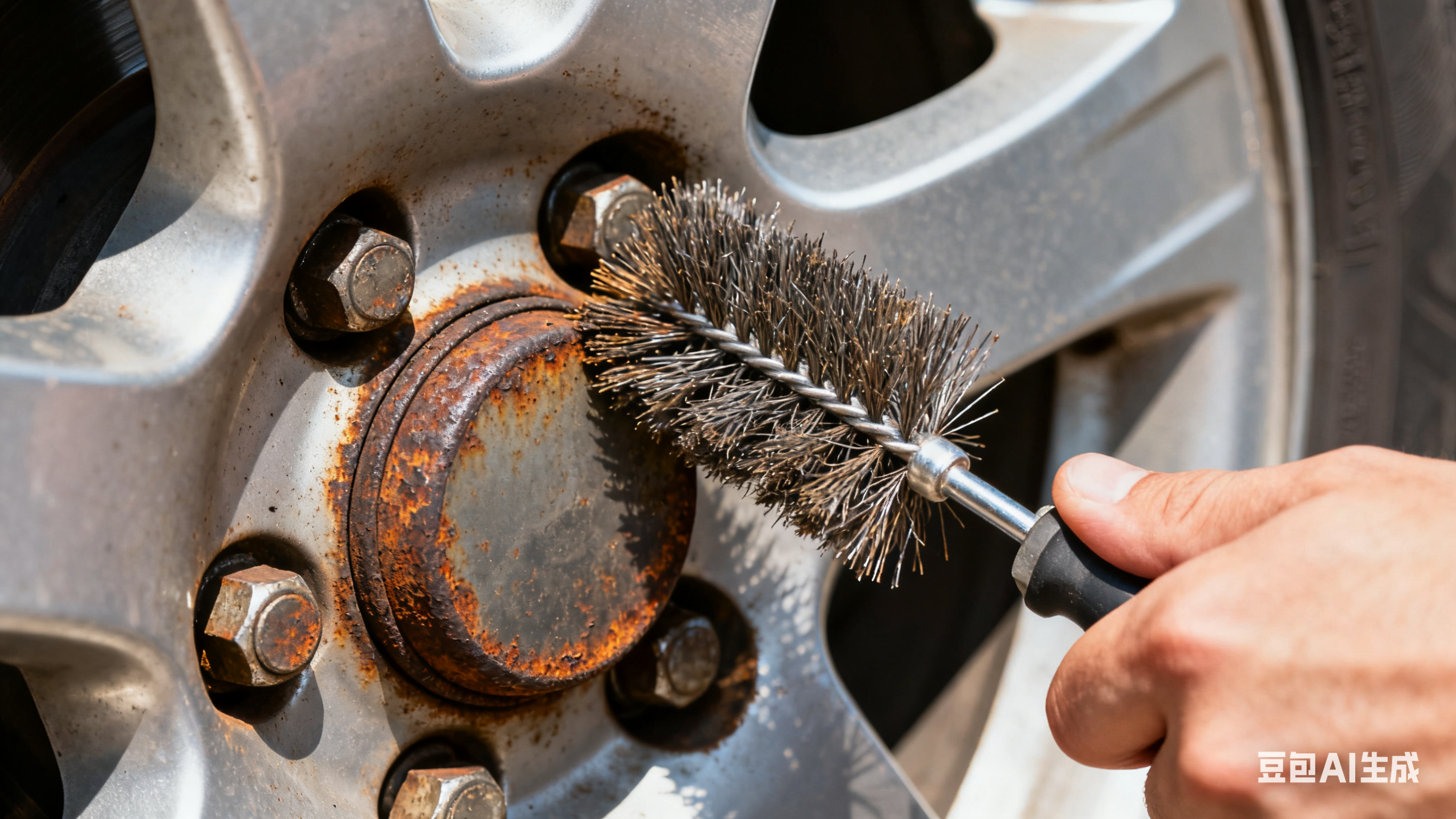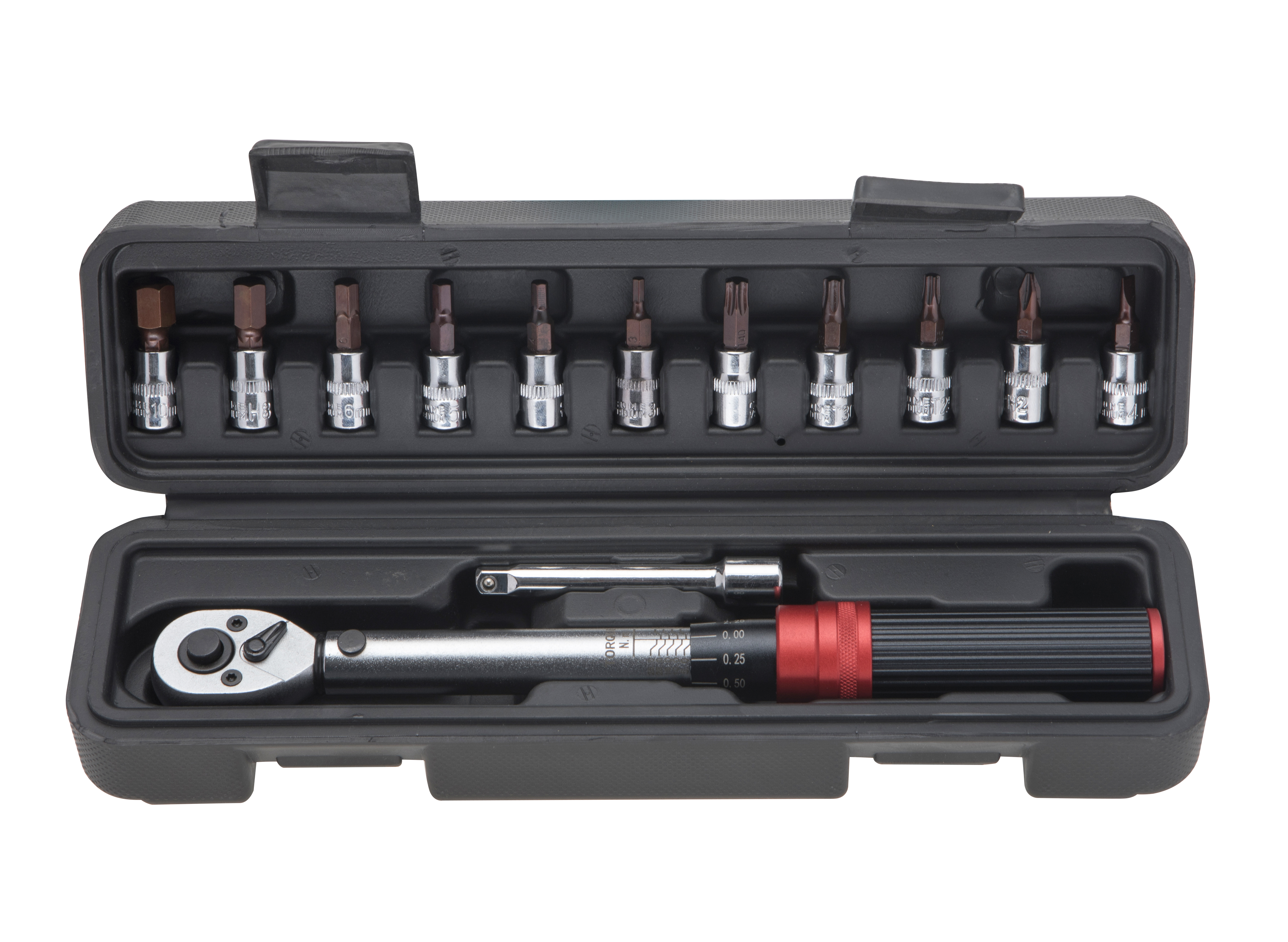Torque Wrench Calibration: When and How to Do It
Calibration ensures your torque wrench delivers accurate results—and skipping it can turn a precision tool into a liability. Here’s what you need to know:
When to Calibrate
· Regular Intervals: Most experts recommend calibrating every 12 months or 5,000 cycles (whichever comes first). A “cycle” is one full torque application (e.g., tightening a bolt to 30 ft-lbs).
· After Damage: If you drop the wrench, bang it against a hard surface, or use it beyond its torque range (e.g., a 100 ft-lb wrench on a 150 ft-lb bolt), calibrate it immediately—impact can throw off internal components.
· Before Critical Jobs: For tasks where accuracy is non-negotiable (e.g., engine rebuilds, aircraft maintenance), calibrate the wrench even if it’s within the regular interval.
How to Calibrate
You have two options:
1. Professional Calibration: The most reliable choice. Many tool stores, auto shops, or third-party labs offer this service. Technicians use specialized equipment (like torque transducers) to test the wrench at multiple torque points and adjust it if needed. They’ll provide a certificate proving accuracy—important for professional settings (e.g., auto repair shops).
1. DIY Calibration (For Basic Checks): If you just need a quick verification (not a full adjustment), use a “torque calibration weight kit.” Here’s a simplified method:
· Secure the wrench horizontally (e.g., clamp the drive end to a workbench).
· Attach a weight (with a known mass) to the handle at a specific distance (e.g., 1 foot from the drive).
· Calculate expected torque (Torque = Force x Distance; Force = Mass x Gravity).
· If the wrench clicks at the calculated torque, it’s accurate; if not, it needs professional adjustment.
Note: DIY methods can’t fix calibration issues—they only identify them.






